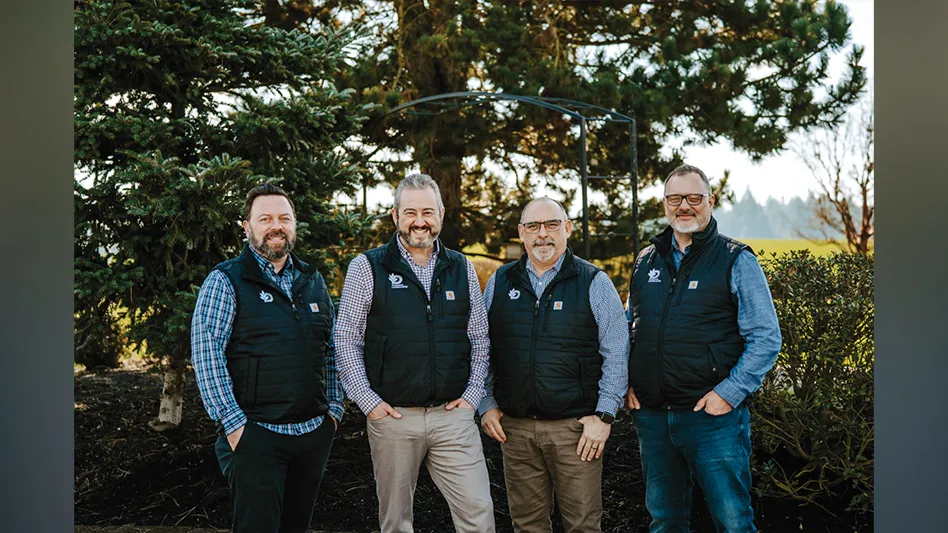Every great project starts with a good idea and a reliable team, and ends with a successful implementation. Landscape architects often serve as prime consultants on a project team and are expected to have the talent and foresight to administer drawings and deliver a design solution that portrays the owner’s vision well within the budget. But the task of physically transforming the idea into reality falls upon the general contractors. How can this transition between idea and reality be as seamless as possible? EDSA, a planning and landscape architecture firm, offers the following tips for working with general contractors.
ATTENTION TO DETAIL. The landscape architect is responsible for accurately depicting the design ideas to the general contractor through drawings and specifications. It is imperative that the written specifications match all drawings and construction documents. The more clearly a landscape architect specifies every water feature, every planter, every light fixture and every retaining wall detail, the more obvious the design intent and objectives are to the general contractor. This is particularly true in the case when the general contractor does not get involved until 100 percent of the construction documents are issued. In this instance, a landscape architect who can anticipate the general contractor’s questions to help simplify the RFI (request for information) process is very important. When this careful attention is paid prior to meeting with the general contractor, costly oversights, design shortcomings and construction errors can be eradicated.
THERE’S NO “I” IN TEAM. Another key to implementing a successful project is teamwork. The landscape architect and the general contractor are equally committed to providing the owner with the product promised in the drawings and contract, including quality standards, an appropriate timeline and well-maintained budget. A good general contractor will get to know the landscape architect and understand his or her vision. A good landscape architect cannot expect a general contractor to immediately interpret and relate to his or her needs, but should welcome the general contractor’s ideas and insight to ensure the vision is shared. Likewise, during construction, the best projects are built when the landscape architect monitors the implementation of his or her design with high regard for the general contractor and subcontractors’ expertise. Landscape architects should welcome questions and discussions regarding details that are unclear or site conditions that change. This can produce a more attractive, yet cost effective result. Regular meetings and frequent visits to the site in the company of the general contractor can also ensure a smooth construction phase. Good teamwork makes the construction phase as efficient as possible.
ESTABLISH HIERARCHY. Besides reinforcing a good working atmosphere, establishing the team’s hierarchy in the earliest stages of the construction effort and determining all points of reference is wise. When problems arise, the entire team should be cognizant of the chain of command on the jobsite. Regardless of how smoothly a project is running or how well a team is working together, all communication must be catalogued, and records should be kept accurate and up-to-date.
The nature of each project implementation is dependant on the design firm’s niche, the construction delivery method, and the individual contract. But if the landscape architect is fortunate enough to get the general contractor involved early, communicates well and institutes teamwork, everyone will benefit. Relationships created now are relationships that outlast one construction project. Every landscape architect/general contractor relationship is different, but as with any business endeavor, a little respect goes a long way.
The authors are senior associate and vice president at EDSA, respectively, and have 25 years of landscape design experience combined. EDSA, with headquarters in Fort Lauderdale, Fla., and offices in Orlando, Los Angeles, Baltimore and Beijing, China, is a full-service planning, landscape architectural, and urban and graphic design firm with more than 220 employees. Reach the company at 954/524-3330 or via www.edsaplan.com.

Explore the March 2007 Issue
Check out more from this issue and find your next story to read.
Latest from Lawn & Landscape
- Echo reveals blowers, mowers and more at Power-On-Athon
- Lake Zurich mayor honors Echo as green business
- Echo's sustainable regrind process
- Green Lawn Fertilizing/Green Pest Solutions names Willey as president
- ASV debuts VT-80 compact track loader
- Luke Williams joins Focal Pointe as CFO
- Ford debuts 2025 Ford F-Series Super Duty
- TCO for trimmers and edgers





